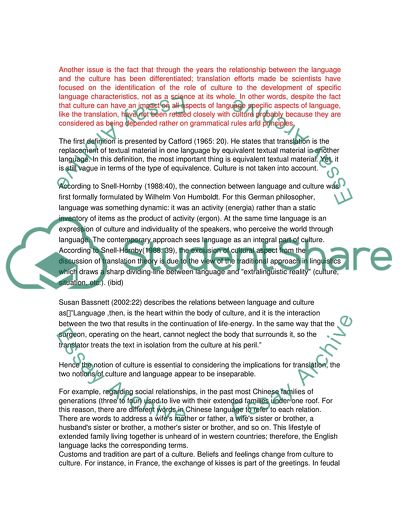Cite this document
(The Notion of Culture in Translation Studies Assignment, n.d.)
The Notion of Culture in Translation Studies Assignment. https://studentshare.org/sociology/1712589-the-notion-of-culture-in-translation-studies
The Notion of Culture in Translation Studies Assignment. https://studentshare.org/sociology/1712589-the-notion-of-culture-in-translation-studies
(The Notion of Culture in Translation Studies Assignment)
The Notion of Culture in Translation Studies Assignment. https://studentshare.org/sociology/1712589-the-notion-of-culture-in-translation-studies.
The Notion of Culture in Translation Studies Assignment. https://studentshare.org/sociology/1712589-the-notion-of-culture-in-translation-studies.
“The Notion of Culture in Translation Studies Assignment”. https://studentshare.org/sociology/1712589-the-notion-of-culture-in-translation-studies.


